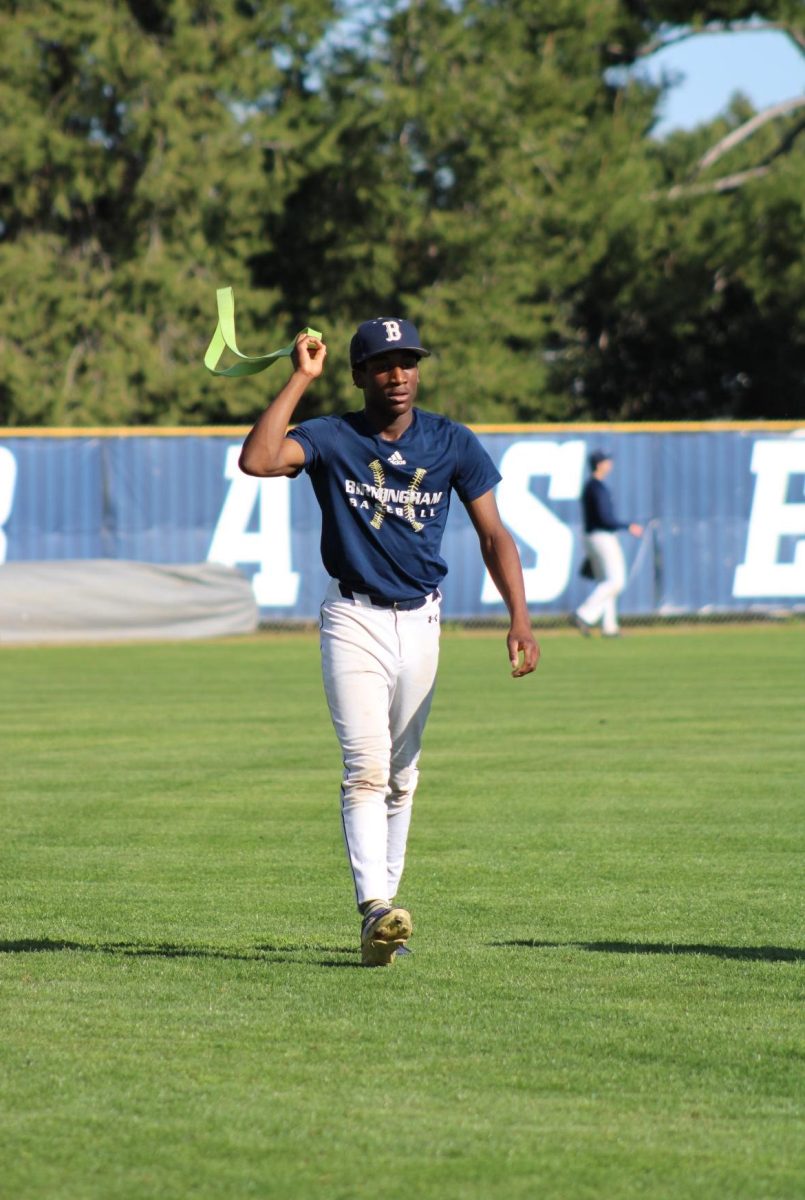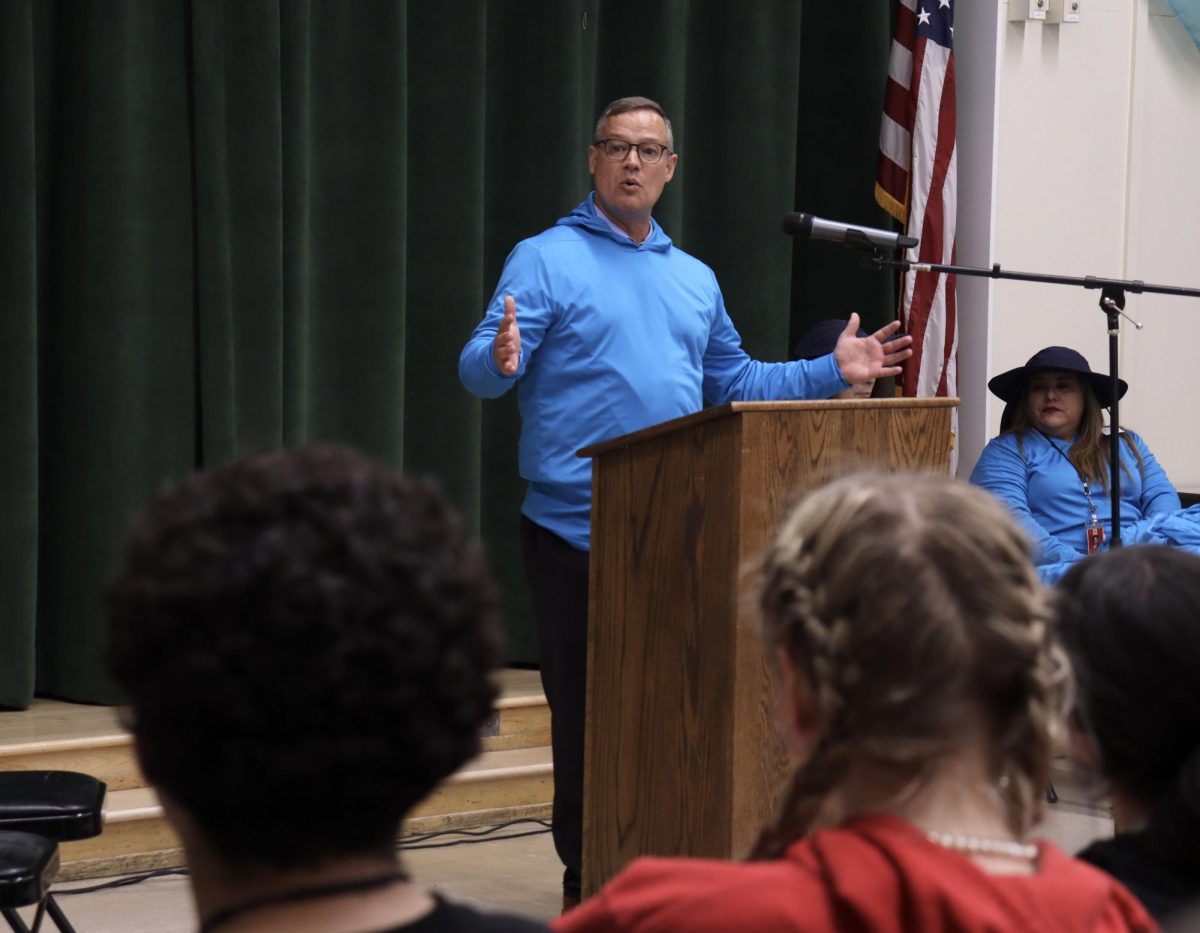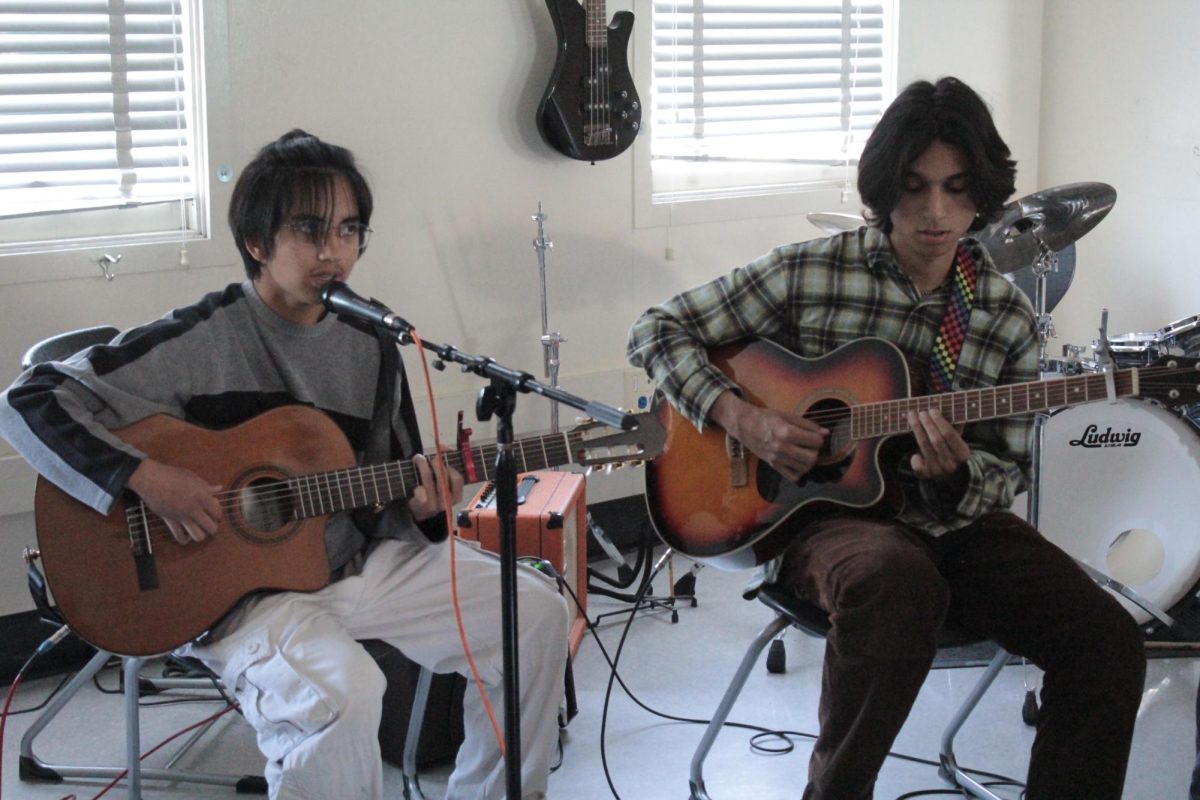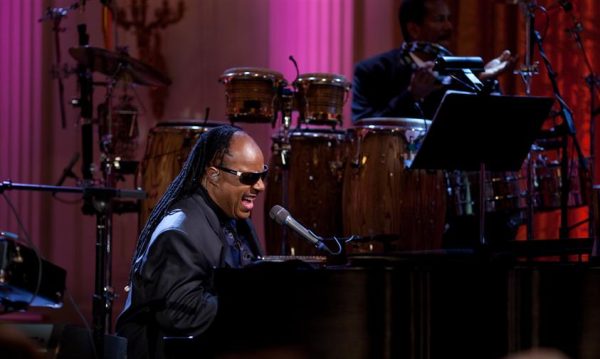Documentary shows life of journalist Ruben Salazar
June 2, 2014
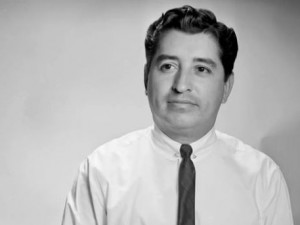
“Man in the Middle,” directed by Phillip Rodriguez, delves into the mystery of journalist Ruben Salazar’s untimely demise through video footage and interviews with people from all points in the conflict.
In 1970, Latin Americans, most of whom called themselves “Chicanos,” were clashing with police in the streets of Los Angeles. Salazar had come to report on the chaos.
Sitting with a friend in a bar near the scene of the fray, he was killed when a tear gas canister, which had been launched into the building by a police officer, struck him in the head. It has been a point of major debate whether he was killed deliberately or it was simply a tragic accident.
Interviews with old friends and Salazar’s multicultural family suggest that Salazar had been followed for some time and had entered the bar to hide. They agree that the forces involved did not feel that Chicanos had a place in their city. Nonetheless, officers interviewed maintain that no one was meant to be hit.
There was a man involved whom no one can identify. He is known only as “The Man in the Red Vest.” It is hinted that he may have been an undercover agent. He claims to be the one who tipped off the police that someone had entered the bar.
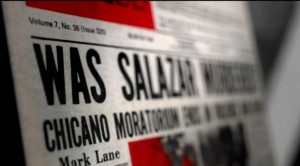
“Man in the Middle” makes you wonder how much of justice and guilt is dependant upon the loudest human perspective.
Surely, everyone at the scene of the protest thought that what they were doing was for the greater good. Salazar, as a reporter, was the only one who seems to have been relatively objective.
Yet, nearly every person’s story seems to pin the violence on someone else. The video footage shows mutual violence, but is chronologically fragmented.
Is there really a beginning to violence, one that can be traced entirely to a single party?
This documentary answers this only with the irony that the man who was most comfortable observing the source of these questions was killed, despite the fact that he was there only to observe.
You can watch the documentary at http://www.pbs.org/


